The hibiscus flower is a beautiful and vibrant flower that is native to tropical and subtropical regions around the world. It has a long and rich history, dating back thousands of years. The exact origin of the hibiscus flower is unknown, but it is believed to have originated in Asia and the Pacific Islands. It was later introduced to other parts of the world through trade and exploration.
There are many different types of hibiscus flowers, each with its own unique characteristics. Some of the most common types include the Chinese hibiscus, which has large, showy flowers in a variety of colors; the Hawaiian hibiscus, which is the state flower of Hawaii and comes in a range of vibrant colors; and the rose mallow hibiscus, which has large, trumpet-shaped flowers in shades of pink, red, and white.
Key Takeaways
- Hibiscus flowers come in a variety of vibrant colors and shapes.
- Hibiscus flowers have cultural significance around the world.
- Hibiscus flowers are a source of vitamins and minerals.
- Hibiscus flowers have medicinal properties, including benefits for blood pressure and digestion.
- Hibiscus flowers have anti-aging and anti-inflammatory benefits for skincare.
The Vibrant Colors and Shapes of Hibiscus Flowers
One of the most striking features of hibiscus flowers is their vibrant colors. They come in a wide range of hues, including red, pink, orange, yellow, and white. Some varieties even have multi-colored petals or unique patterns. The colors of hibiscus flowers are often associated with different meanings and symbolism in various cultures.
In addition to their vibrant colors, hibiscus flowers also come in a variety of shapes. Some have large, showy petals that are arranged in a cup-like shape, while others have more delicate and intricate petals that form a star-like pattern. The shape of the hibiscus flower can vary depending on the specific variety.
The Cultural Significance of Hibiscus Flowers Around the World
Hibiscus flowers hold great cultural significance in many parts of the world. In Hawaii, for example, the hibiscus flower is the state flower and is often used in traditional ceremonies and celebrations. It is also a symbol of beauty and hospitality in Hawaiian culture.
In China, the hibiscus flower is associated with femininity and is often used in traditional Chinese medicine to treat various health conditions. It is also a popular motif in Chinese art and literature.
In India, the hibiscus flower is considered sacred and is often used in religious ceremonies. It is also used in traditional Ayurvedic medicine for its healing properties.
The Nutritional Value of Hibiscus Flowers: A Source of Vitamins and Minerals
| Nutrient | Amount per 100g |
|---|---|
| Protein | 2.3g |
| Fat | 0.7g |
| Carbohydrates | 11.3g |
| Fiber | 0.5g |
| Calcium | 8mg |
| Iron | 1.7mg |
| Magnesium | 18mg |
| Phosphorus | 25mg |
| Potassium | 112mg |
| Sodium | 3mg |
| Vitamin C | 18.4mg |
| Thiamin | 0.04mg |
| Riboflavin | 0.02mg |
| Niacin | 0.9mg |
| Pantothenic acid | 0.3mg |
| Vitamin B6 | 0.05mg |
| Folate | 10mcg |
| Vitamin A | 30IU |
| Vitamin E | 0.1mg |
Hibiscus flowers are not only beautiful, but they are also packed with nutrients. They are a good source of vitamins and minerals, including vitamin C, vitamin A, iron, and calcium. These nutrients are essential for maintaining good health and supporting the immune system.
In addition to vitamins and minerals, hibiscus flowers also contain antioxidants, which help protect the body against damage from free radicals. Antioxidants have been linked to a reduced risk of chronic diseases, such as heart disease and certain types of cancer.
The Medicinal Properties of Hibiscus Flowers: From Blood Pressure to Digestion
In addition to their nutritional value, hibiscus flowers also have medicinal properties. They have been used for centuries in traditional medicine to treat a variety of health conditions.
One of the most well-known medicinal uses of hibiscus flowers is for lowering blood pressure. Studies have shown that drinking hibiscus tea can help reduce blood pressure levels in people with hypertension.
Hibiscus flowers are also known for their digestive benefits. They can help soothe the digestive system and relieve symptoms such as bloating and indigestion. Hibiscus tea is often used as a natural remedy for digestive issues.
Hibiscus Flowers in Skincare: The Anti-Aging and Anti-Inflammatory Benefits

In addition to their health benefits, hibiscus flowers also have numerous benefits for the skin. They are rich in antioxidants, which help protect the skin against damage from free radicals and reduce signs of aging.
Hibiscus flowers also have anti-inflammatory properties, which can help soothe and calm irritated skin. They can be used topically in skincare products to help reduce redness and inflammation.
Hibiscus Tea: A Refreshing and Healthy Beverage
One of the most popular ways to enjoy the benefits of hibiscus flowers is by making hibiscus tea. Hibiscus tea is a refreshing and tart beverage that can be enjoyed hot or cold.
To make hibiscus tea, simply steep dried hibiscus flowers in hot water for a few minutes. You can add sweeteners such as honey or sugar if desired. The resulting tea is a vibrant red color and has a tangy flavor.
How to Grow and Care for Hibiscus Flowers in Your Garden
If you want to enjoy the beauty of hibiscus flowers in your own garden, they are relatively easy to grow and care for. Hibiscus plants thrive in warm climates and prefer full sun or partial shade.
When planting hibiscus flowers, make sure to choose a well-draining soil and water them regularly. They also benefit from regular fertilization to promote healthy growth and blooming.
Hibiscus Flower Recipes: From Jams to Cocktails
In addition to making tea, hibiscus flowers can be used in a variety of recipes. They add a unique flavor and vibrant color to dishes and beverages.
One popular way to use hibiscus flowers is by making hibiscus jam. Simply simmer hibiscus flowers with sugar and water until thickened, then pour into sterilized jars. The resulting jam is tart and sweet, with a beautiful red color.
Hibiscus flowers can also be used to make cocktails. Simply muddle hibiscus flowers with sugar and lime juice, then add your choice of alcohol and ice. The resulting cocktail is refreshing and visually stunning.
Embrace the Beauty and Benefits of Hibiscus Flowers in Your Life.
In conclusion, hibiscus flowers are not only beautiful, but they also offer a wide range of benefits for both health and beauty. From their vibrant colors and shapes to their nutritional value and medicinal properties, hibiscus flowers are truly a gift from nature.
Whether you choose to enjoy hibiscus flowers in tea, skincare products, or in your garden, incorporating them into your daily life can bring beauty and wellness. So why not embrace the beauty and benefits of hibiscus flowers and experience all that they have to offer?
If you’re interested in learning more about the hibiscus flower and its various uses, you might also want to check out this fascinating article on Just Tidings. It explores the cultural significance of hibiscus flowers in different parts of the world and delves into their medicinal properties. Discover how this vibrant flower has been used for centuries in traditional medicine and why it continues to be cherished today. To read more, click here: https://justtidings.com/significant-earthquake-strikes-near-oklahoma-city-usgs-reports/.






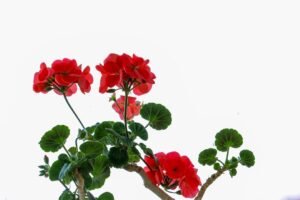




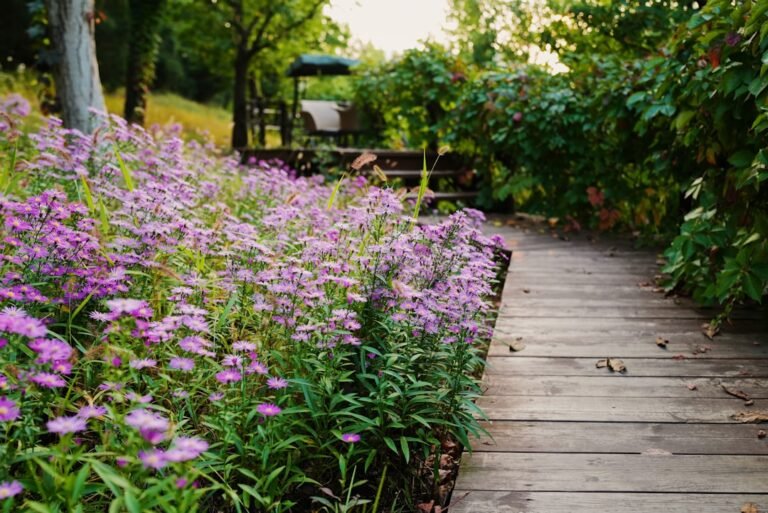
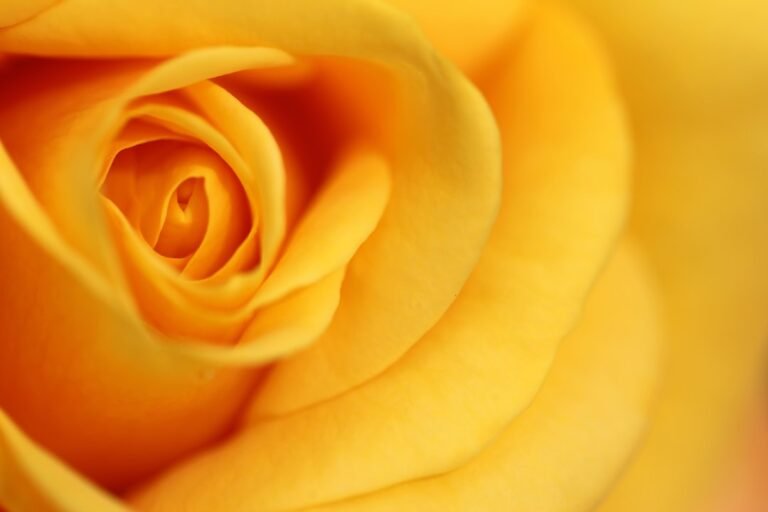
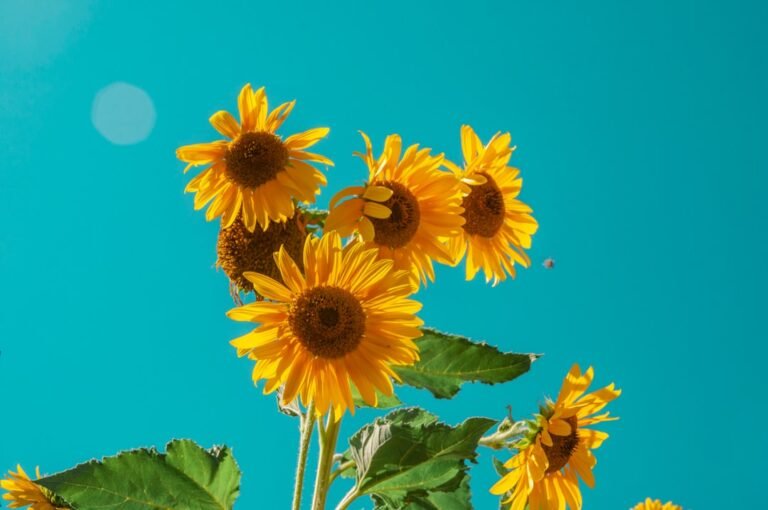
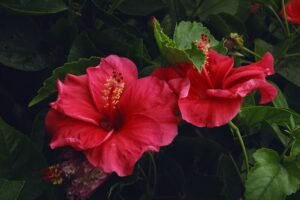

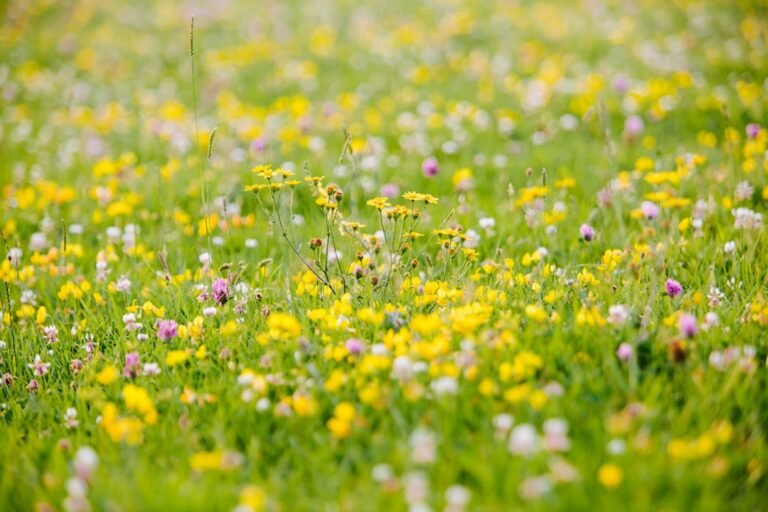
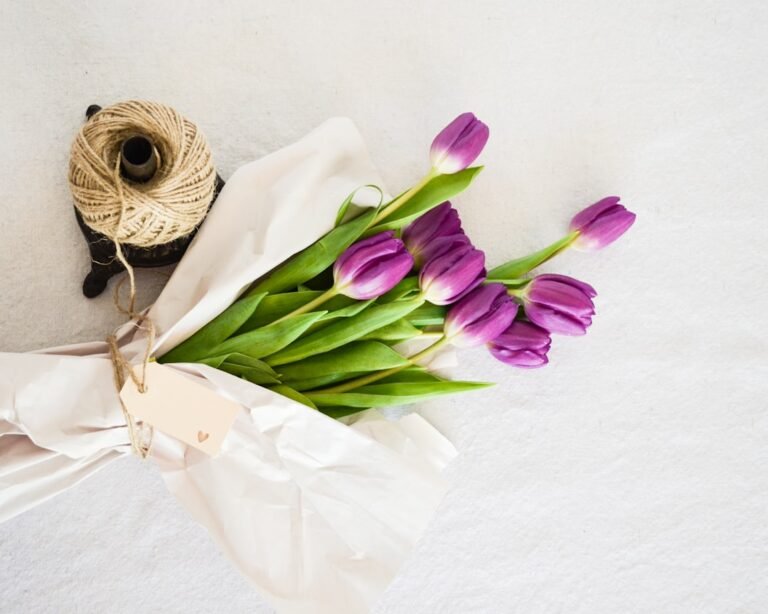



+ There are no comments
Add yours